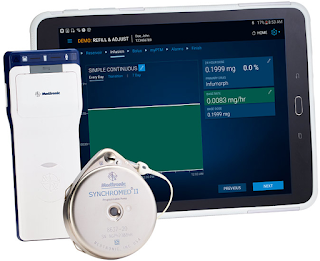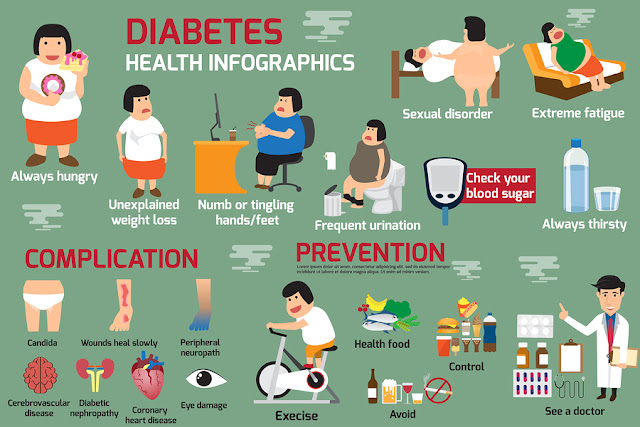New treatments for breast cancer
While some promising new treatments for breast cancer are years away from regular treatment regimens, others are on the market or just around the corner.
Still on the horizon for treating breast cancer are anti-angiogenesis drugs. They block the formation of new blood vessels that feed tumors and help them grow. These drugs have shown promise in treating colon cancer and are now being studied in patients with advanced breast cancer. But it may be some time before these drugs have been studied enough to make the leap to treating early-stage breast cancer.
Even so, new breast cancer treatments are available now. Over the past year, doctors have learned a lot more about many targeted therapies that very soon may be helping millions of women live longer and healthier lives after learning they have breast cancer.
Abraxane and Albumin-Bound Nanoparticle Drugs
In January, headlines trumpeted the release of a new chemotherapy drug for breast cancer called Abraxane. Technically, Abraxane isn't a new drug -- it's an exciting new way of delivering an existing drug.
Paclitaxel, commonly marketed as Taxol or Taxotere, is part of many chemotherapy drug regimens, but it has one big problem, says Clifford Hudis, chief of the Breast Cancer Medicine Service at New York's Memorial Sloan-Kettering Cancer Center. "It doesn't dissolve in water, which means we have to put the drugs in solvents to deliver them to patients." Those solvents can cause a number of side effects, including severe allergic reactions. Patients taking paclitaxel have to receive heavy doses of other medications first, such as steroids and antihistamines, before getting their chemotherapy.
Abraxane does a neat end run around that problem. A process called protein-bound nanoparticle technology creates tiny particles that bind the paclitaxel to a naturally occurring protein called albumin. "The binding makes little packets of paclitaxel -- think of them as little bubbles -- that can be dissolved in water," says Hudis. This means no more solvent, which in turn means no more medications before chemotherapy, and no more of the side effects that go along with them. It's also shortened the chemotherapy's infusion time from more than three hours to around half an hour.
These practical pluses would be enough to make anyone receiving chemotherapy rejoice. But there may also be a bonus in terms of the drug's effectiveness. In one of the major clinical trials that led to Abraxane's FDA approval, women who got this drug had almost twice the response rate to chemotherapy compared with women who received regular Taxol. This may be in part because without the need for solvents, higher doses of paclitaxel could be delivered to the women getting Abraxane.
Or another factor could be involved. Because albumin, which normally transports nutrients to cells, accumulates in rapidly growing tumors, it's possible that the bundles of Abraxane in their albumin "envelopes" are sent by express delivery directly to cancer cells. "There are signs indicating that albumin receptors in breast cancer and other cancer cells would preferentially pick up these albumin-bound packets," says Hudis.
If so, that may have exciting implications for other chemotherapy drugs used in breast and other cancers, says Claudine Isaacs, MD, director of the Clinical Breast Cancer Program at the Lombardi Comprehensive Cancer Center at Georgetown University Medical Center in Washington, D.C. "This delivery system probably will not be limited to paclitaxel. Theoretically, you could put any number of chemotherapy drugs in these packets, not just paclitaxel." And years of experience with chemotherapy show that delivery matters. "The same drug can have a very different side effect profile, as well as potentially different benefits and response rates, based on how it's delivered."
So far, Abraxane has only been FDA-approved for use in patients with breast cancer that has recurred or metastasized. Still, many drugs that are first approved for use in this stage of the disease later prove to be effective for women with earlier-stage breast cancer.
Aromatase Inhibitors
Aromatase inhibitors aren't new. The FDA approved the first, Arimidex, in September 2000. Many large trials have recently confirmed that these hormone therapies outperform the more commonly used tamoxifen to prevent tumor recurrence in women who had hormone-positive breast cancers (cancers that are fed by estrogen).
Because they act only on estrogen that's produced outside the ovaries, aromatase inhibitors are only effective in postmenopausal women. (Before menopause, most of the body's estrogen is produced in the ovaries.) But for these women, Arimidex and its sister drugs, like Aromasin and Femara, offer a small but crucial advantage over tamoxifen -- 4% to 5% -- in preventing cancer recurrence.
"What's important is that these drugs significantly reduce late recurrences," says Isaacs. But she notes that researchers still don't know which strategy works best: taking an aromatase inhibitor instead of tamoxifen, as the first course of therapy after surgery for breast cancer (called adjuvant therapy) or beginning treatment with tamoxifen and switching to an aromatase inhibitor after two to five years.
Major trials are looking at these questions now, Isaacs says. For the moment, know that aromatase inhibitors should be a part of the equation for any postmenopausal woman with hormone-positive breast cancer. That's the new recommendation from the American Society for Clinical Oncology.
and other Herceptin drug......


Comments
Post a Comment